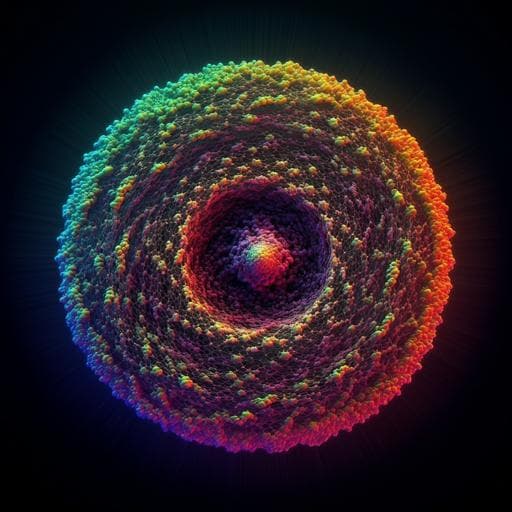
Engineering and Technology
Uncovering material deformations via machine learning combined with four-dimensional scanning transmission electron microscopy
C. Shi, M. C. Cao, et al.
Discover groundbreaking insights into nanomaterials as researchers Chuqiao Shi, Michael C. Cao, Sarah M. Rehn, Sang-Hoon Bae, Jeehwan Kim, Matthew R. Jones, David A. Muller, and Yimo Han present a rapid machine learning approach to analyze multi-scale lattice deformations from 4D-STEM diffraction data, revolutionizing our understanding of material properties and enhancing device performance.
~3 min • Beginner • English
Related Publications
Explore these studies to deepen your understanding of the subject.







